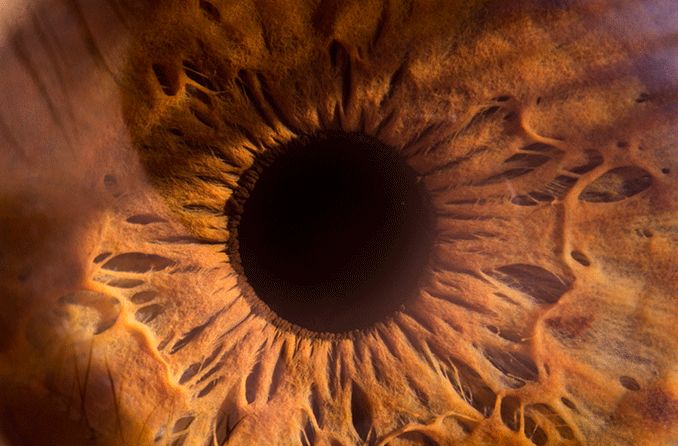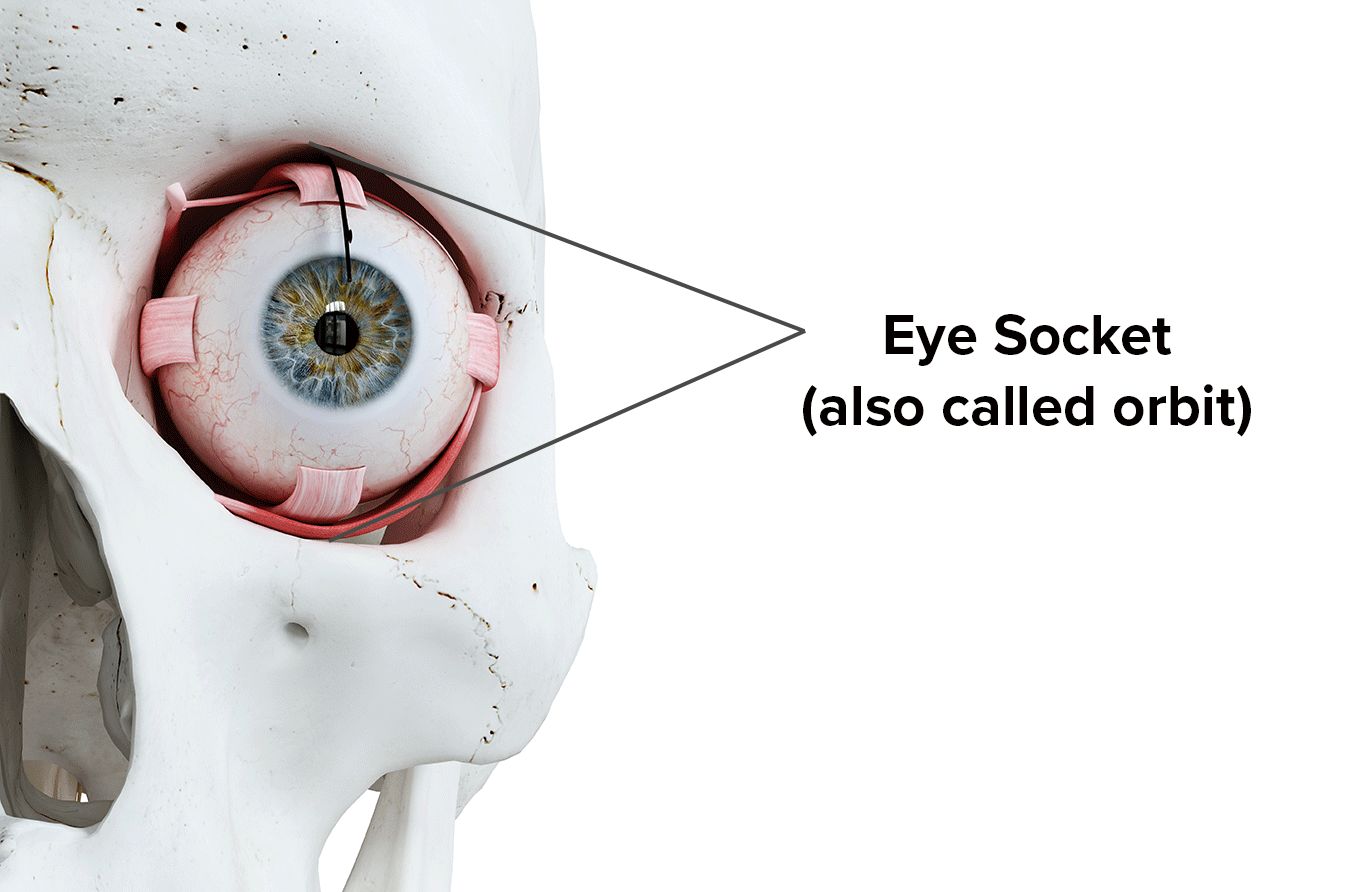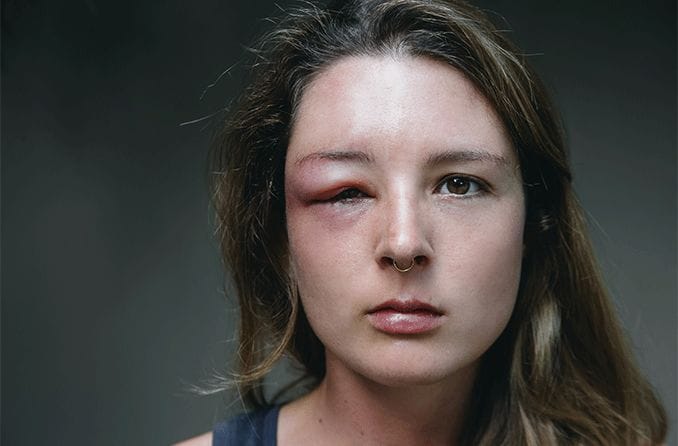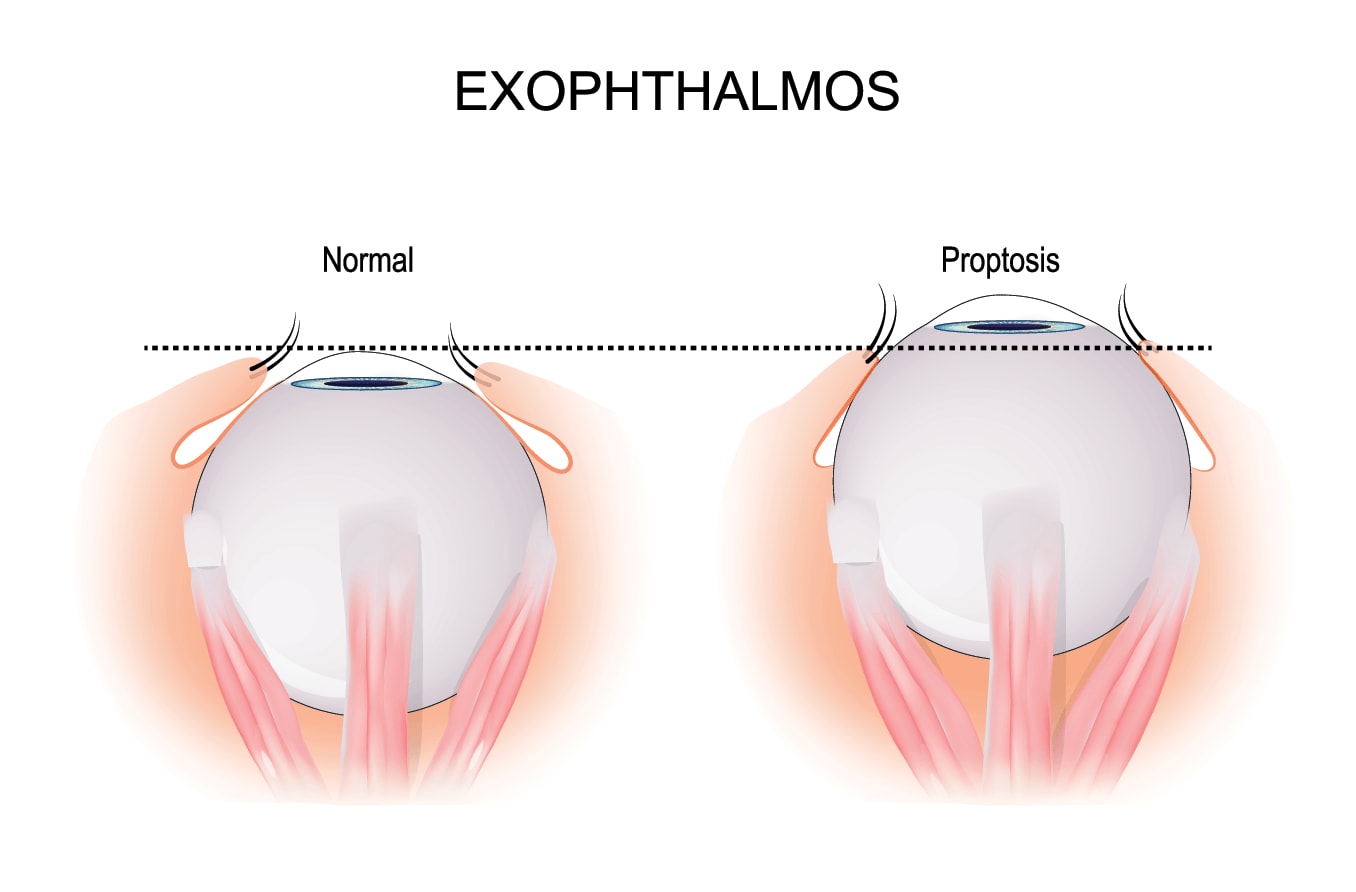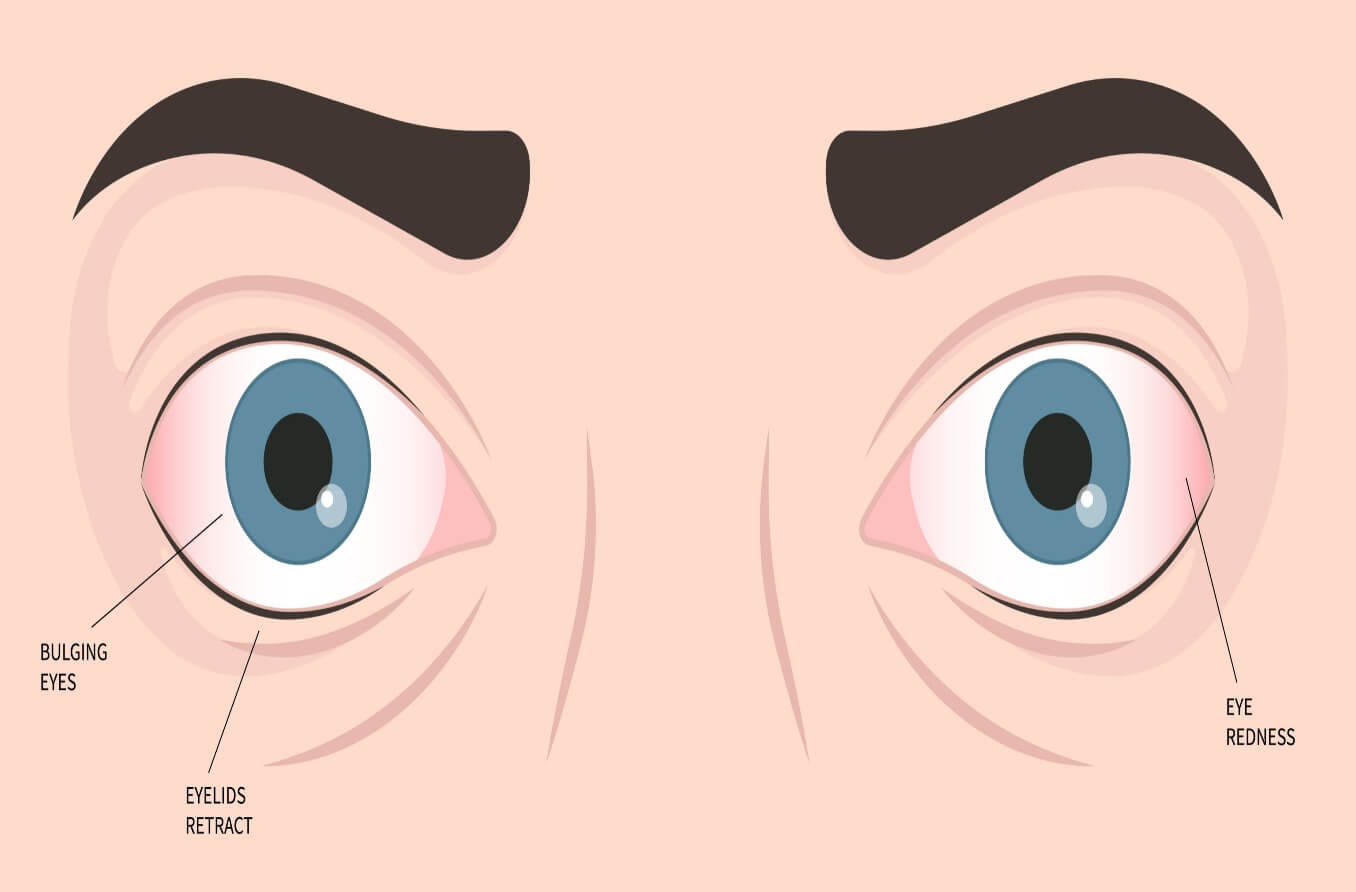Globe luxation is the medical term for when an eyeball protrudes or "pops" out of the eye socket. This rare condition can happen spontaneously or occur due to head or eye trauma.
Some systemic health conditions, such as floppy eyelid syndrome and thyroid eye disease, can also increase the risk of globe luxation.
If your eye pops out of its socket, it is considered a medical emergency and should be treated by an eye doctor immediately.
Causes of globe luxation
Globe luxation may occur spontaneously because of an underlying condition or due to head- or eye-related trauma.
Trauma
Many cases of globe luxation are caused by trauma, which can be mild or severe. Some physical triggers of globe luxation include:
- Accidents during physical activity or a sporting event.
- Violent sneezing.
- Improper contact lens insertion or removal.
- Exhaling while holding your nose and mouth closed (Valsalva maneuver) — often performed as a way to unclog ears.
Underlying medical conditions
Some systemic diseases can increase the chance of globe luxation. These may include:
- Floppy eyelid syndrome.
- Thyroid eye disease.
- Shallow eye sockets (Crouzon syndrome).
In a particularly rare instance, researchers reported in the Indian Journal of Ophthalmology that they determined one case of globe luxation was associated with chronic obstructive pulmonary disease (COPD).
How do people pop their eyes out?
Some people (who often have a particular underlying condition) can train their eyes to pop out and trigger globe luxation on purpose. This can cause serious damage to eyes, however, and is not recommended.
SEE RELATED: 7 common eye injuries and how to treat them
Types and severity of globe luxation
Globe luxation can occur with or without severing the optic nerve or other eye muscles. Depending on which parts of the eye are affected, globe luxation is classified as “incomplete” or “complete.”
- Incomplete globe luxation – Occurs when an eye pops out without affecting the optic nerve or extraocular muscles.
- Complete globe luxation – Occurs when an eye pops out and severs the optic nerve and/or extraocular muscles.
Although these classifications are different, sometimes a diagnosis is simply “luxation.”
What to do if your eye popped out of the socket
An eye popping out of the socket is considered a medical emergency. Do not attempt to force your eye back in place, as this can lead to further complications.
Contact an ophthalmologist for an emergency appointment as soon as possible. It is recommended that you have someone else drive you to the appointment.
Let your doctor know of any trauma or activity that may have caused your eye to pop out.
SEE RELATED: 7 times when you must see an eye doctor ASAP
Globe luxation treatment and management
In some cases, treatment for globe luxation can be a simple procedure. Complex cases that affect the optic nerve may require surgery.
An eye doctor will first examine the eye to determine whether or not the optic nerve or muscles have been damaged. Mild cases may be diagnosed and treated without major complications. Severe cases — particularly those caused by trauma — may require further imaging, such as a computed tomography (CT) scan, to determine the extent of the injury and the best treatment for it.
Manual repositioning
If globe luxation has not impacted the optic nerve or extraocular muscles, an eye doctor may be able to manually reposition the eyeball.
During this procedure, your doctor will likely apply a topical anesthetic or pain reliever before using a special instrument to carefully push the eyeball back in place.
If the eyeball is too swollen to be manually repositioned, your doctor may recommend a surgical procedure to treat the condition. If this is the case, you will be given an eyeshield to wear until surgery is performed.
Surgery
Eye surgery may be needed if the optic nerve or muscles are damaged. Surgery is performed to repair and/or reattach the eye muscles that were impacted.
Severe trauma that causes globe luxation may also cause an orbital bone fracture. Imaging such as an X-ray or a CT scan is used to determine if a fracture took place and whether it needs to be repaired with surgery.
If globe luxation recurs, a doctor may recommend a surgical procedure called lateral tarsorrhaphy. During this procedure, an eye doctor will sew a portion of the eyelid together to prevent the eye from opening too wide and allowing the eyeball to pop out of place again.
Complications due to globe luxation
Full recovery from globe luxation is possible, but further complications and eye conditions may develop because of the damage. These may include:
- Vision loss.
- Corneal abrasion.
- Optic neuropathy (damage to the optic nerve).
- Secondary blepharospasm.
- Exposure keratopathy.
Eye exams are recommended on a yearly basis to evaluate vision and the overall health of your eyes. For those who have experienced an event as serious as globe luxation, eye exams are even more crucial for eye health.
